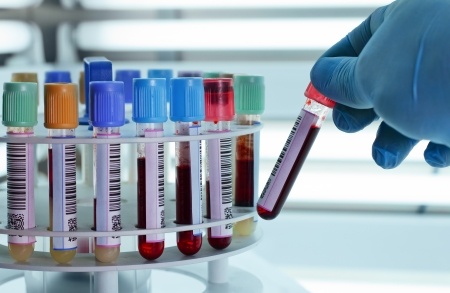
Blood types play a crucial role in ensuring safe and effective blood transfusions. There are four primary blood groups—A, B, AB, and O—each with a potential Rh factor of positive or negative. This classification is essential for matching blood donors with recipients to prevent adverse reactions and ensure compatibility. Group A blood has A antigens on the surface of red blood cells and anti-B antibodies in the plasma. Group B blood has B antigens and anti-A antibodies. Group AB is known as the universal recipient, possessing both A and B antigens but no anti-A or anti-B antibodies, making it ideal for receiving any blood type. Group O blood, often referred to as the universal donor, has no A or B antigens but contains both anti-A and anti-B antibodies, allowing it to be given to any other blood type. The Rh factor, which can be either positive (+) or negative (-), further refines blood typing and affects transfusion compatibility. Rh-positive blood has the Rh antigen, while Rh-negative blood does not. This factor is particularly important during pregnancy and transfusions to prevent complications. Understanding these blood types ensures that transfusions are conducted safely, maximizing the effectiveness of treatment and minimizing risks. Accurate blood typing is a fundamental aspect of our commitment to patient safety and care, facilitating life-saving procedures and contributing to overall health and well-being.
Share this article:




